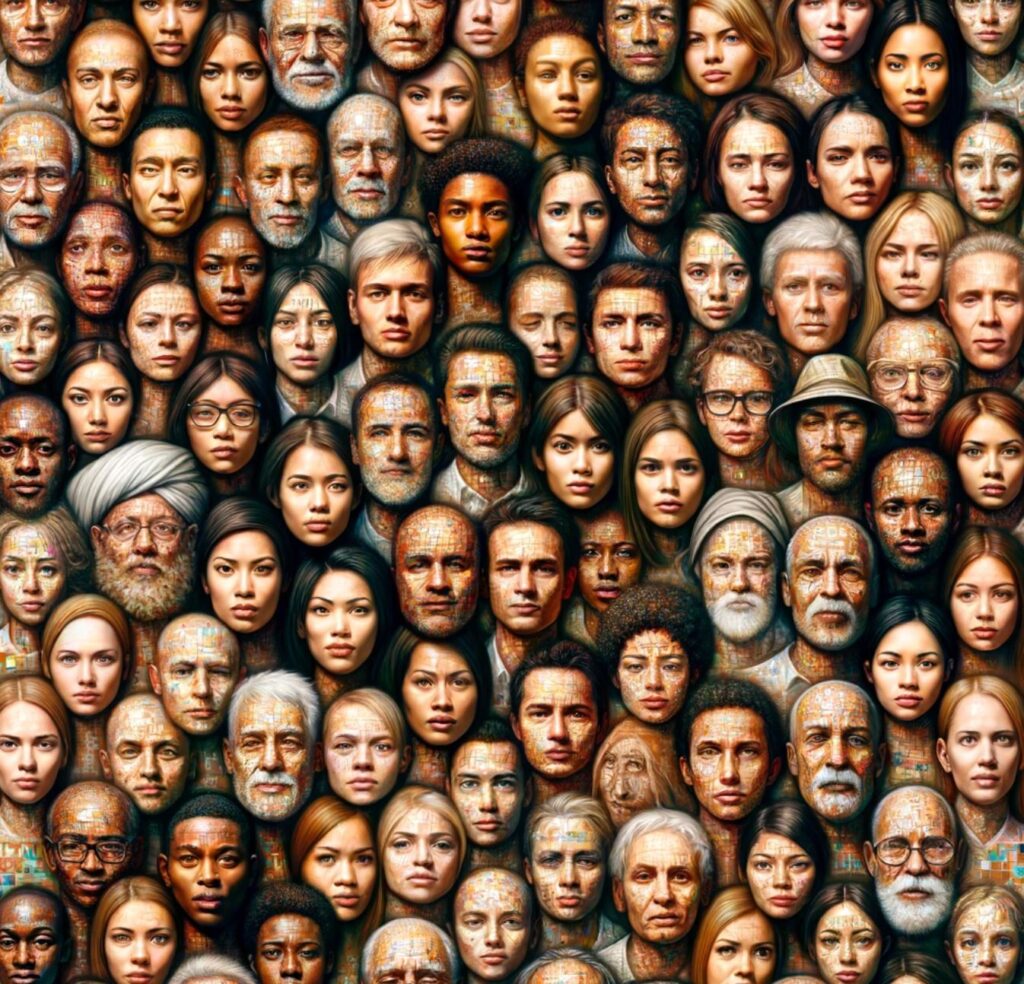The Diagnostic and Statistical Manual of Mental Disorders (DSM), the “bible” of psychiatry, defines diagnostic criteria and descriptions for mental disorders. Both the diagnostic criteria as well as the descriptions are arbitrary, culturally determined, social constructs that are more or less made up (in the sense that the “disorders” do not really map to neurobiology in the same way the flu maps to the changes brought about by the influenza virus).
Even though (most) psychiatrists are aware of this, lay people are often not.
I am a human, and as a human, I think in concepts. I tend to assume that if something has its own name, it must also be a real thing that exists in the real world. Well, nature could not care less whether we humans invented labels and names for things. For example, there is a huge genetic, etiological, neurobiochemical, and phenotypical overlap between bipolar I & II, cyclothymia, schizoaffective disorder, and substance abuse-induced affective disorder.
Thus, to us, it seems that because psychiatric disorders have their own, clear-cut names (e.g., major depression, schizophrenia, bipolar disorder), they also must be their own clear-cut entities. But they are not. Bipolar disorder, depression, schizophrenia, anxiety, etc. are all rather a spectrum of syndromes with only superficially similar phenotypes.

Lumping similar phenotypes together into a single condition is without a doubt useful for both research as well as clinical purposes. However, in the same way, that many types of brain tumors are etiologically quite different, there are many types of e.g., anxiety or depression.
In any textbook or scientific publication about any psychiatric condition one is likely to find something along these lines: “The exact pathogenesis is not understood”. Well, because there is no “exact” pathogenesis.
My depression is not your depression in the same way that my flu is your flu. If we line up ten people with the flu, in every single person the etiology, pathogenesis, and clinical manifestation can be explained by the influenza virus infecting certain cell types.
Thus, influenza can rightfully claim to be its own, clear-cut entity. However, if we line up ten people with depression (or any other psychiatric “entity”) we would likely observe more than one etiology, pathogenesis, and constellation of symptoms. We may find different versions of melancholic depression, atypical depression, and “suffering” without neurobiological depression.
Subscribe to the Desmolysium newsletter and get access to three exclusive articles!
Furthermore, psychiatric diagnoses are hugely overlapping on a genetic, etiological, and phenotypical level. In fact, over 50% of patients who satisfy the criteria for one psychiatric diagnosis also satisfy the criteria for a second one. Do these patients have two distinct disorders? Not really.
The causes and symptoms of each individual are unique and just happen to satisfy a set (or multiple sets) of criteria. A checklist-diagnosis. Some psychiatrists claim, perhaps rightfully, that psychiatric disorders own their names and their right to exist as an “entity” mainly to their clinical usefulness. They do not exist other than in our heads.
If we remained true to ourselves (namely categorizing and subcategorizing whenever we can), we had to sub-categorize the individual mental disorders and had to create “mixtures” of them.
However, given that adding more names and labels is not very useful, some psychiatrists and researchers are proponents of something called dimensional assessment (a “symptom-based” approach as opposed to a diagnosis-based approach), namely scoring a patient on a number of items individually, such as, for example, depressive tendencies, bipolar tendencies, OCD-symptoms, anxiety, ADHD, insomnia, etc. in order to better represent the unique psychopathology, and in order to match patients and medication more precisely from the get-go.
Sources & further information
- Scientific review: Genomic insights into the overlap between psychiatric disorders: implications for research and clinical practice
- Scientific review: Etiologic, phenomenologic, and endophenotypic overlap of schizophrenia and bipolar disorder
- Scientific review: Research Review: The strength of the genetic overlap between ADHD and other psychiatric symptoms – a systematic review and meta-analysis
